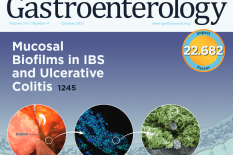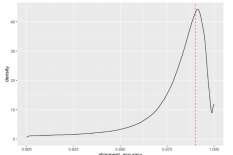JMF News

Join us! Open Bioinformatics Position at the JMF!
04.11.22PeopleWe are looking for a Senior Scientist for Bioinformatics to contribute to the day-to-day research as well as technical development. A major responsibility will be to design, implement and update ...

Gut microbiome on the cover of Gastroenterology
28.09.21PublicationOur recent gut microbiome article about Mucosal Biofilms in Irritable Bowel Syndrome and Ulcerative Colitis (Baumgartner, et al.) made it to the cover of Gastroenterology. Congratulations, Max!

New nanopore sequencing chemistry in JMF hands
02.03.21NewsThe JMF is involved in beta-testing new sequencing chemistry for Oxford Nanopore Technologies. With the help of our PostDoc and experienced long read magician, Rasmus, we were able to ...

New FWF Young Investigator Researcher Group project
15.04.20NewsPetra, together with a team of four other researchers, has been awarded a Young Investigator Researcher Group project from the FWF, entitled “PlayNICE – Interplay between biological nitrification inhibitors, ...
